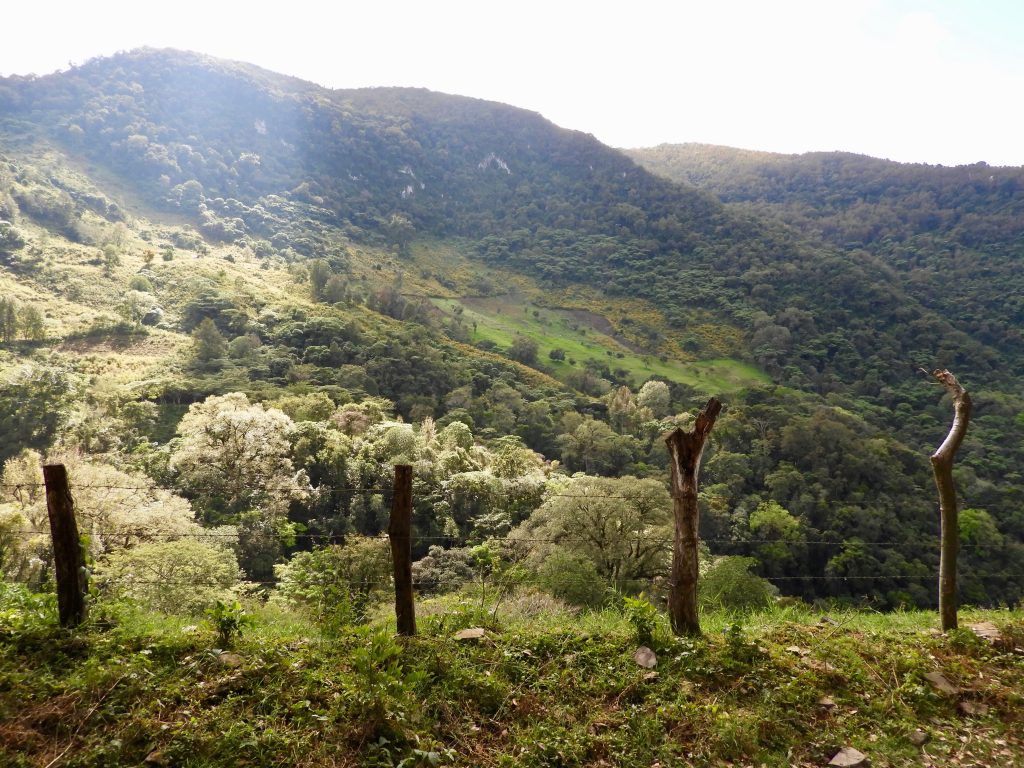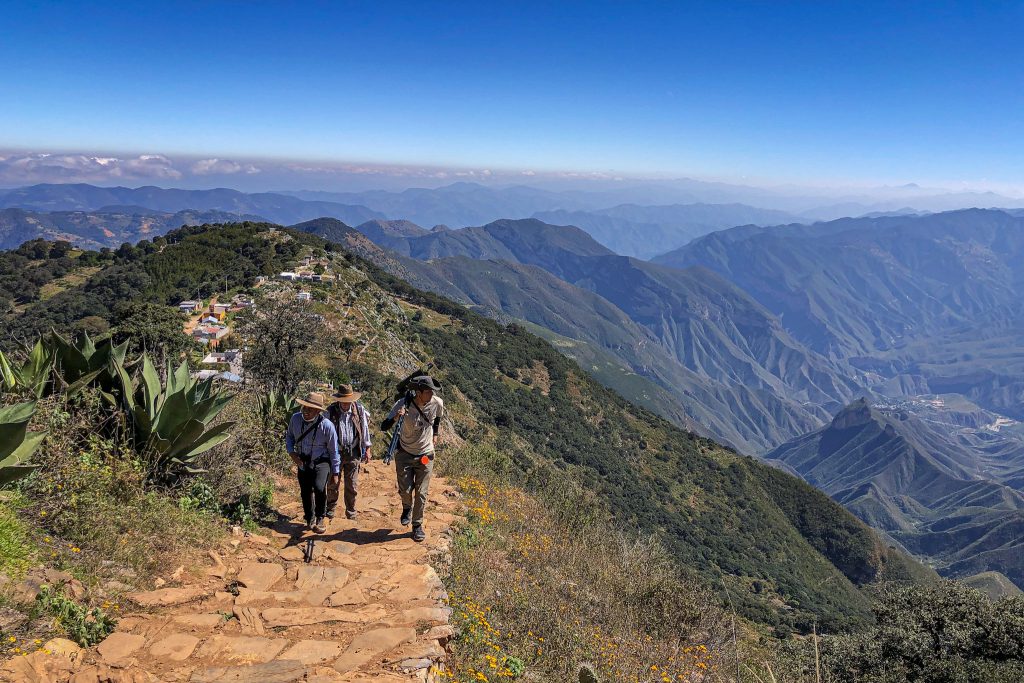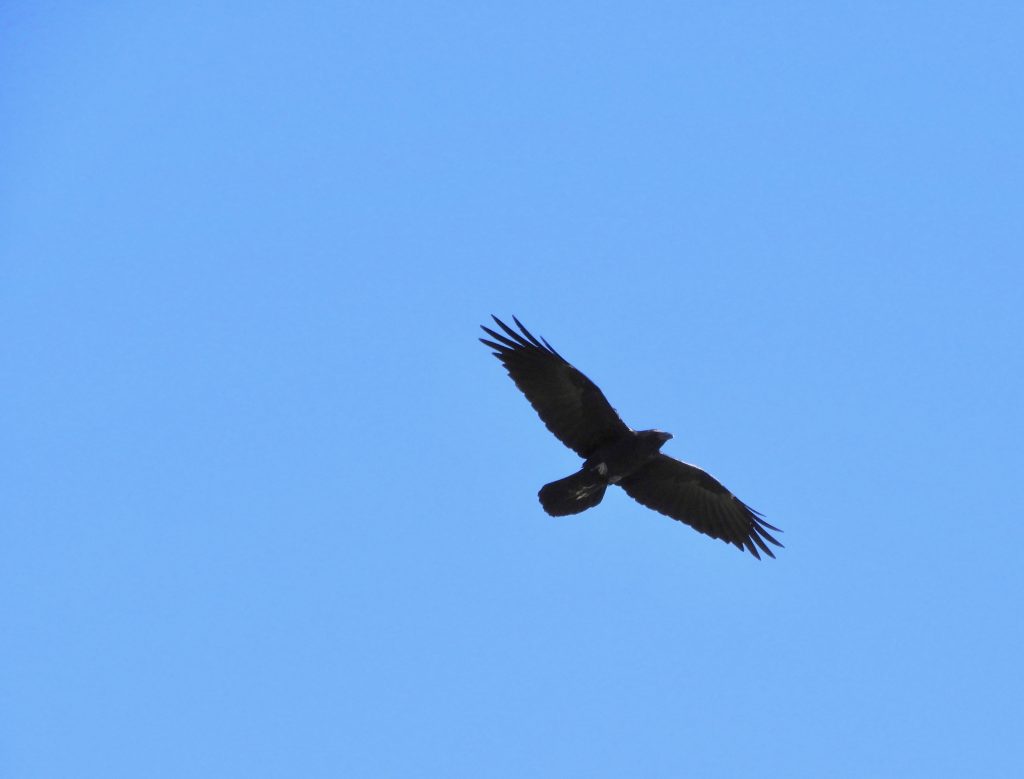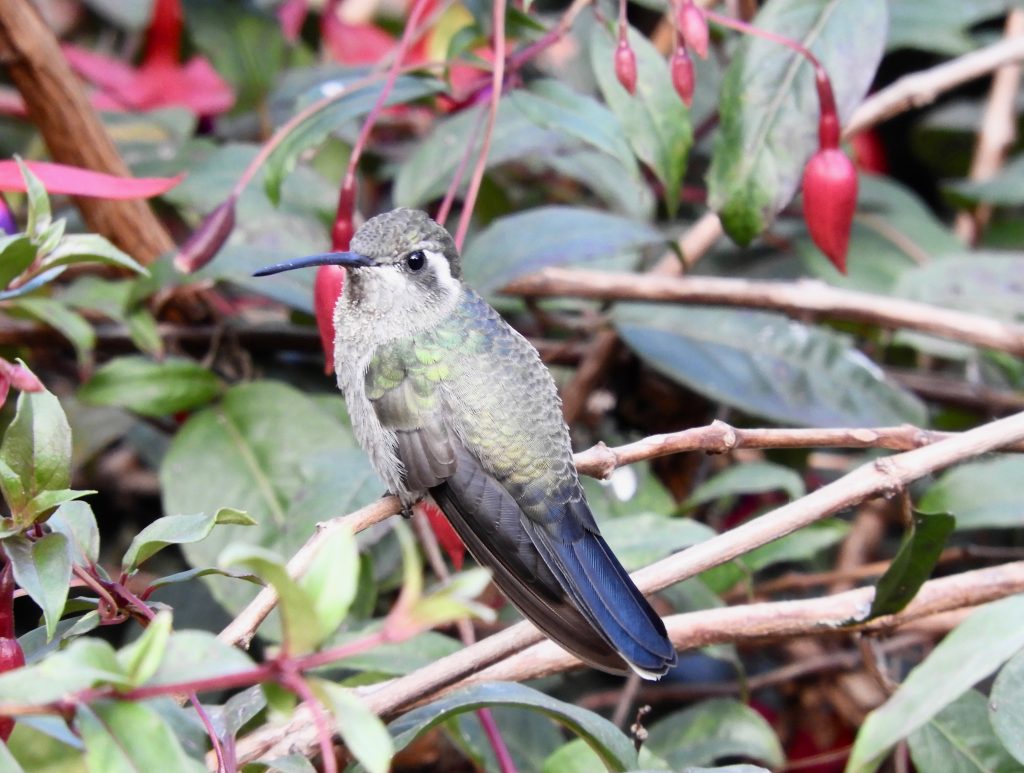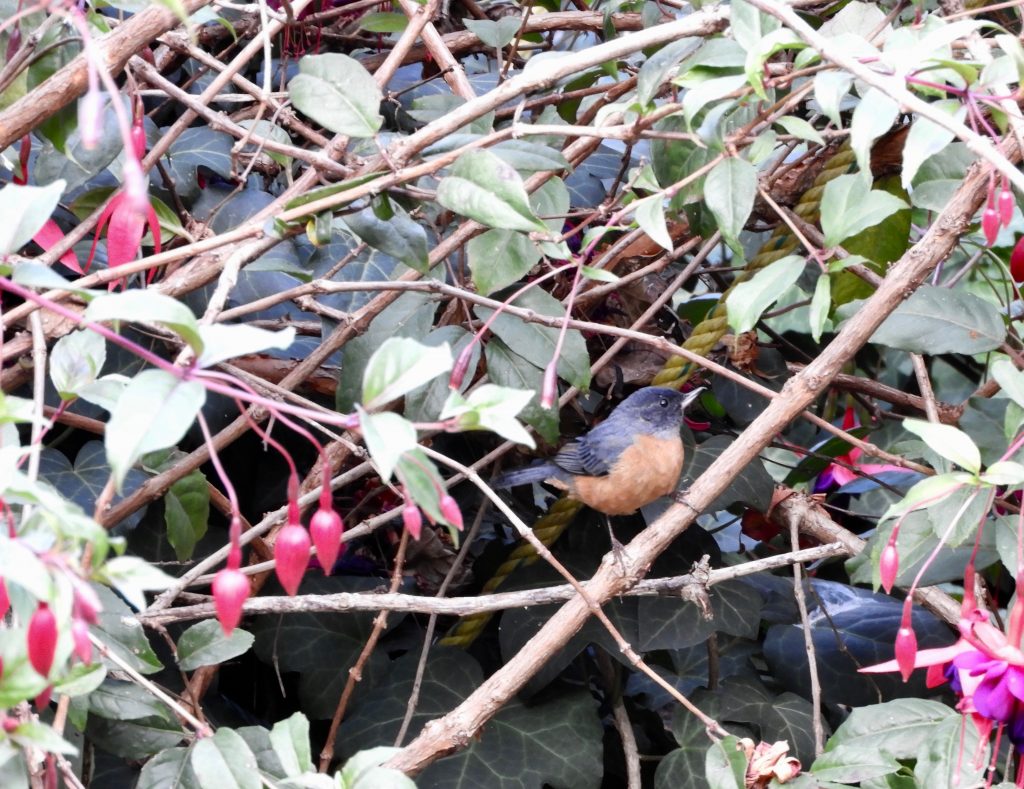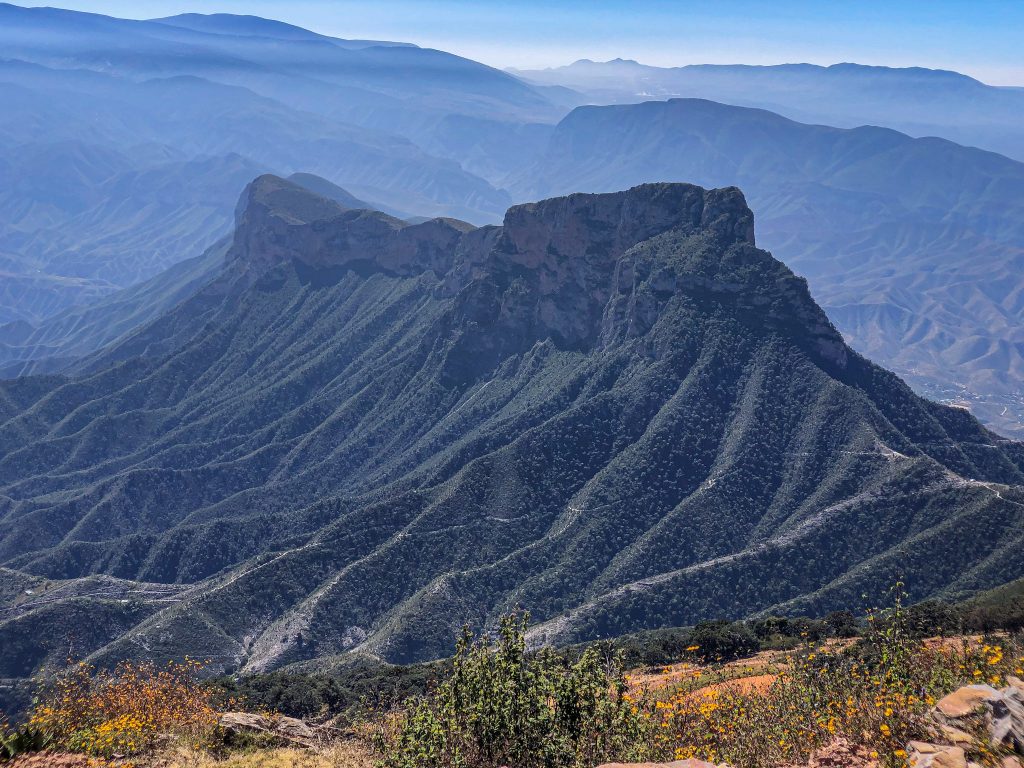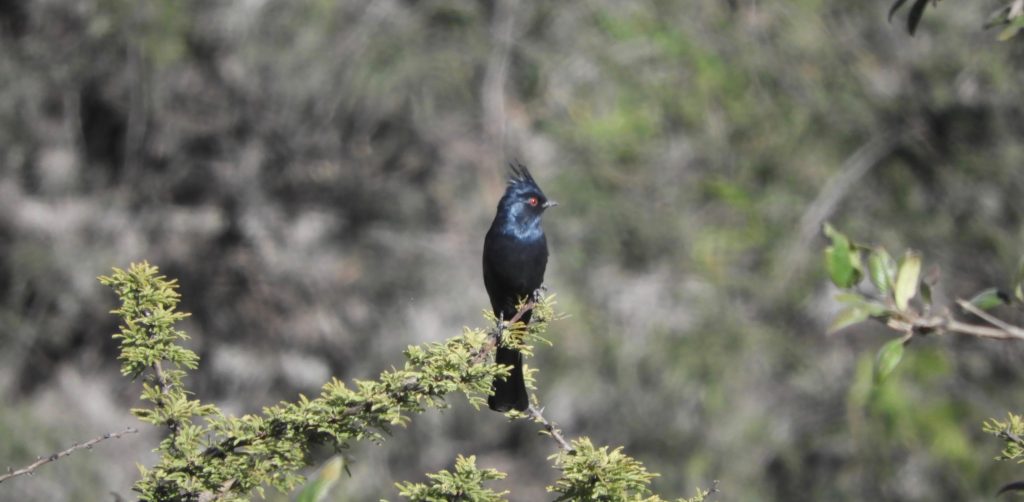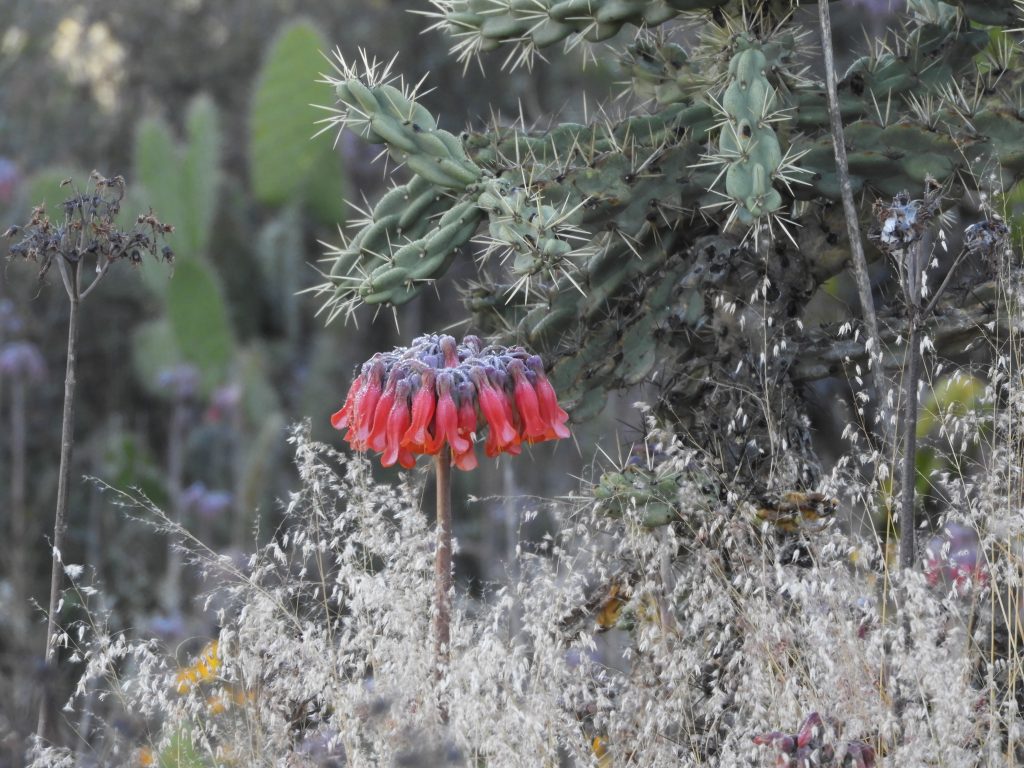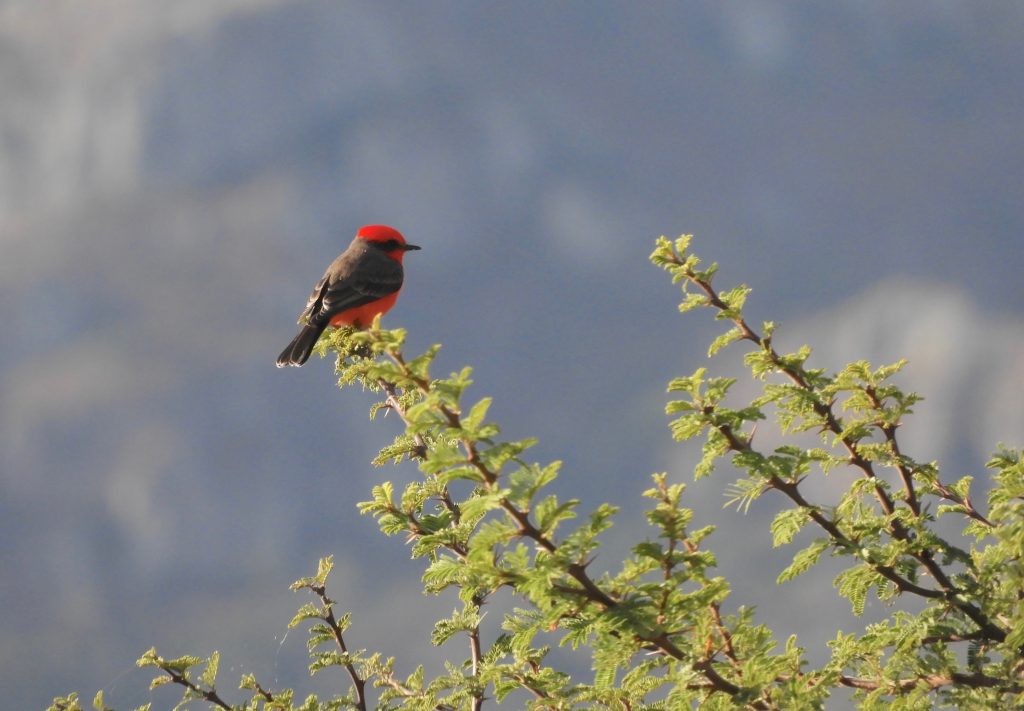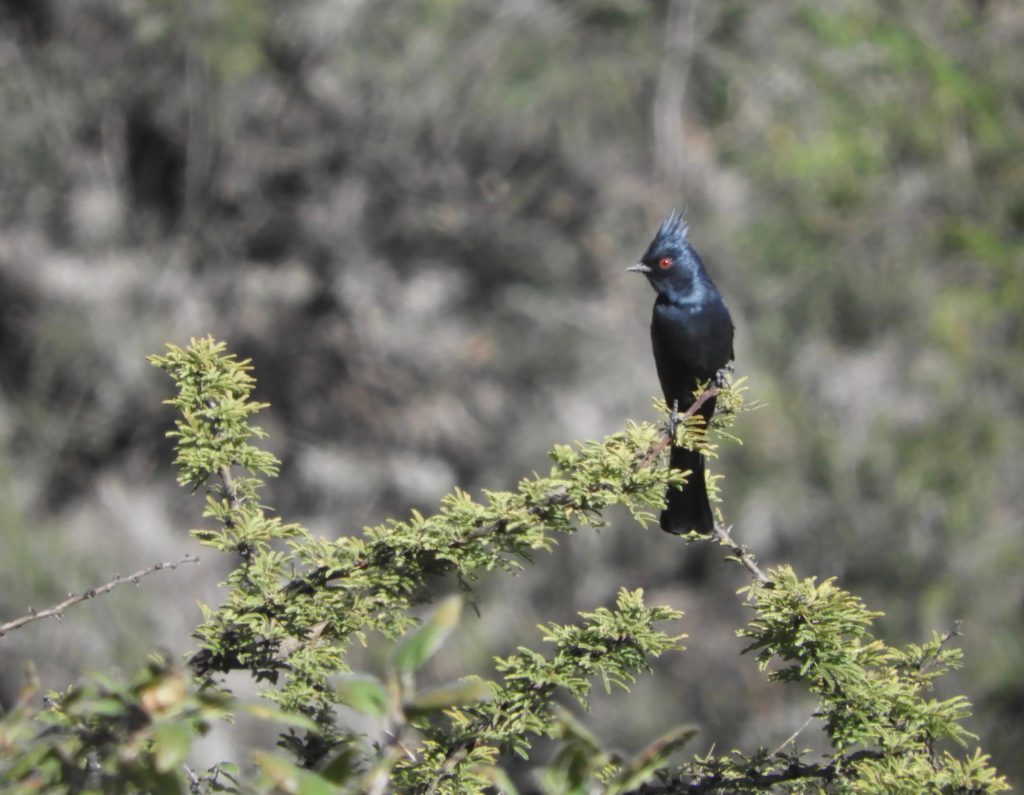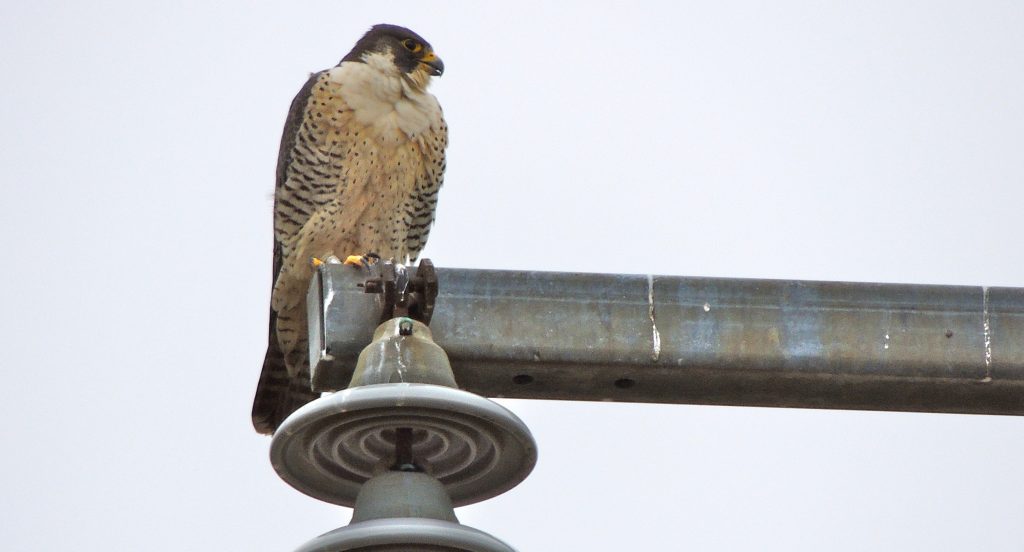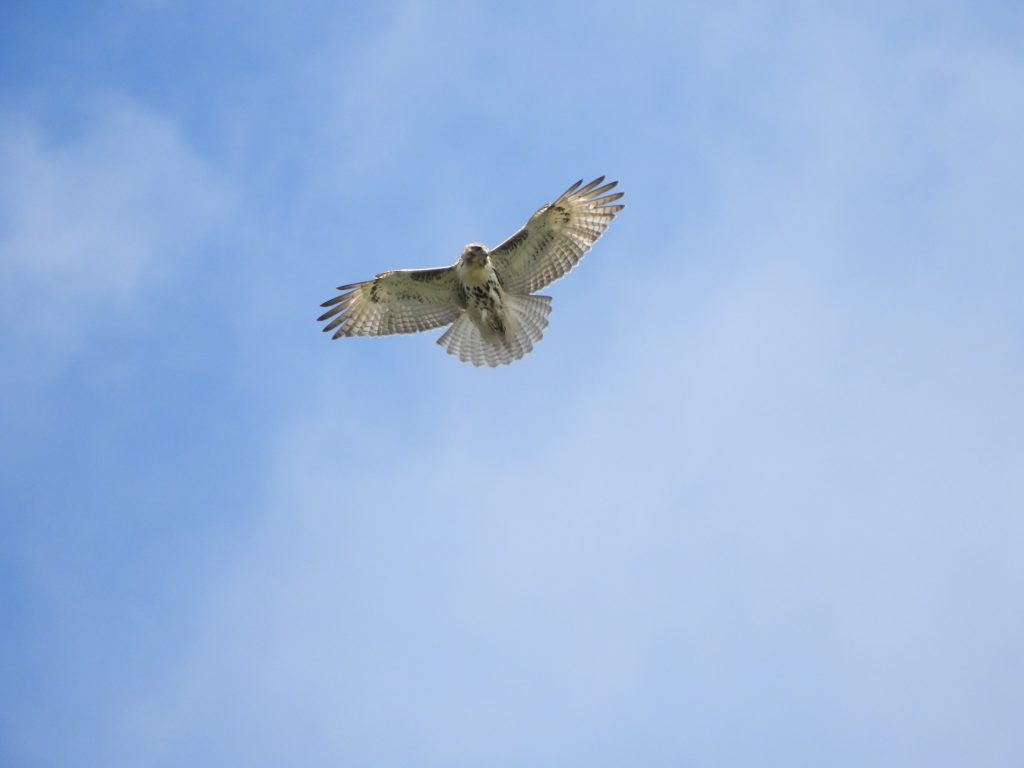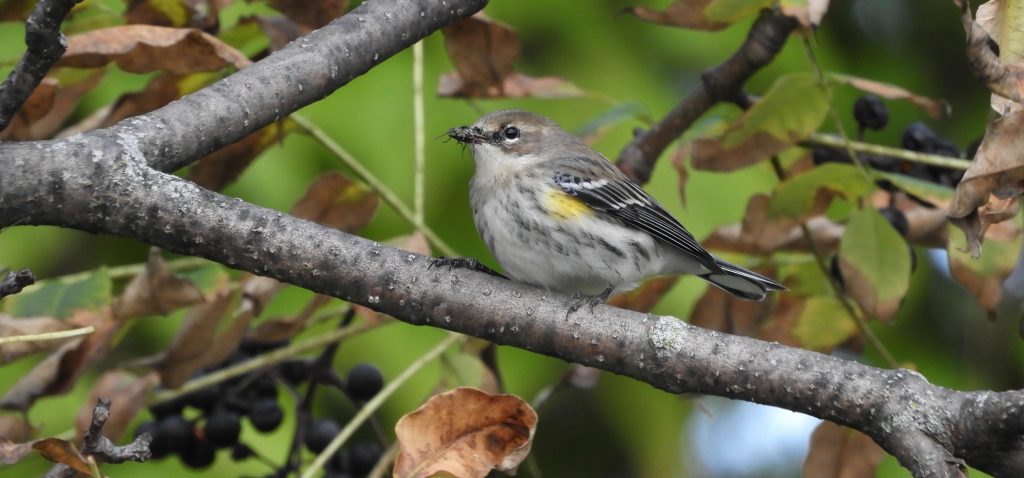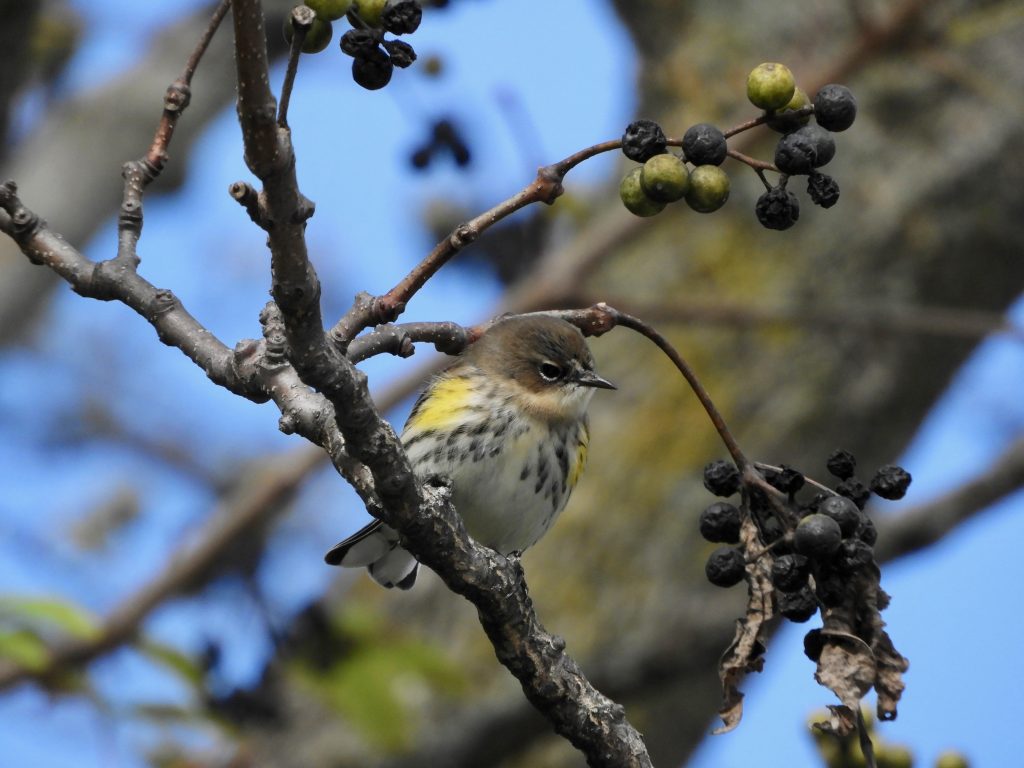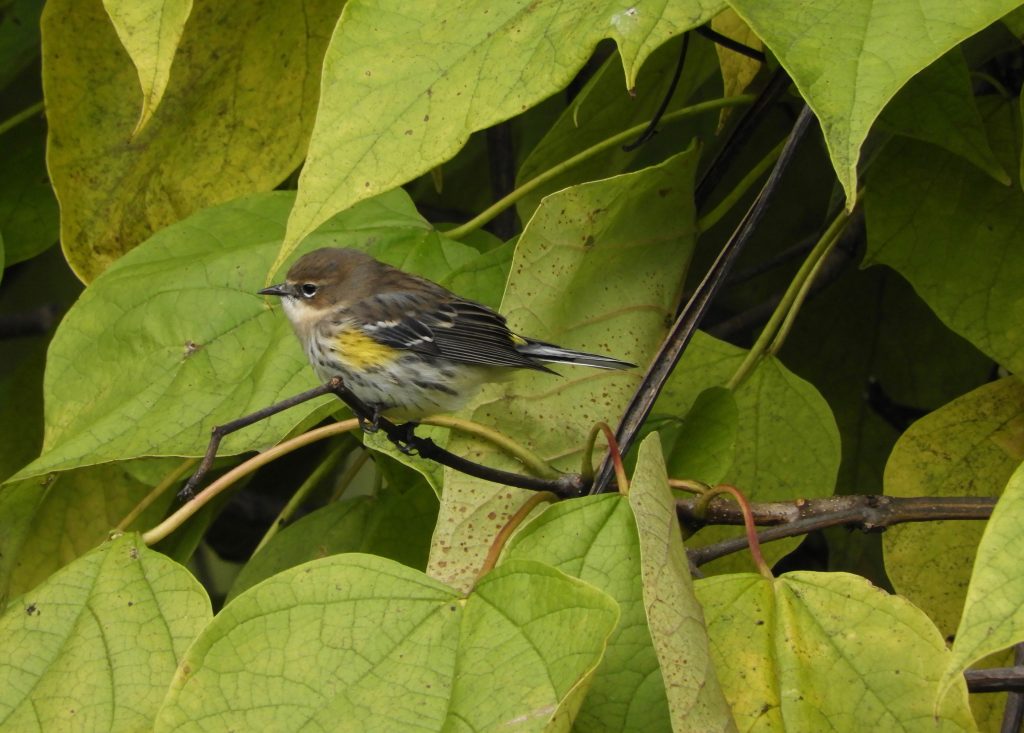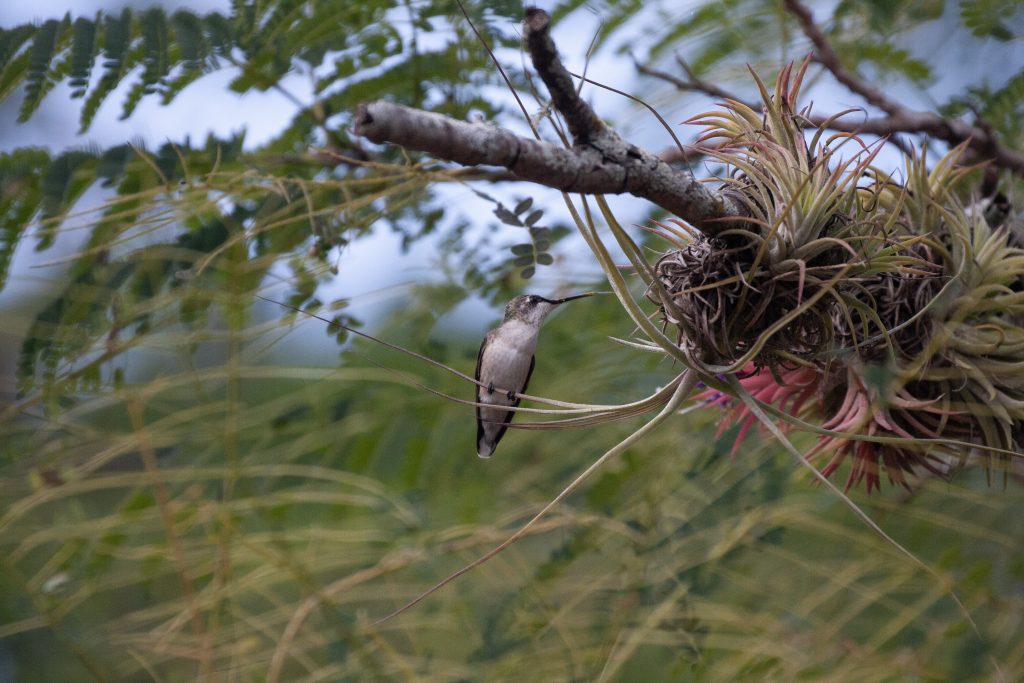
Neblinas, Landa de Matamoros, Mexico. November 14. 2021. The two countries neighbouring the USA could hardly be more different: Canada ‘We the North” – some like to say, and Mexico, The… what? In the popular imagination perhaps cactus-dotted and arid, or blue waters and margaritas. Our Mexico though was neither, our Mexico as opened to us by Travelian Tours, was rushing rivers, small villages, inconvenient mountains, pines, oaks and great birding in a rain forest.
As we looked across range after range of rugged mountains and deep canyons I tried to imagine how it was possible that Hernan Cortez and his conquistadors had crossed these mountains five-hundred years ago. Their story is well known but is far too long and complex to get into here, but I’m certain few people today would rationally contemplate crossing these endlessly hostile and interlocking ranges on foot, no matter how young and fit you might be. History tells us the rationale was quite simply the promise of gold.
To reach Neblinas, a thinly populated hillside settlement, we followed narrow roads, weaving endlessly, climbing all the time and doubling back on ourselves to follow the line of least topographical resistance. The hillsides were green and moist, cattle pastures dotted expanses of cloud forest.
Three kilometres short of Neblinas (Spanish for mists) the van stopped and we piled out. It promptly left and Rodrigo explained the plan that we would continue walking and looking for birds until we reach the village where the van would be waiting for us. With that, we rather counterintuitively set off in the opposite direction. But in truth for the next hour or two we hardly moved at all, there was so much to see. I struggled to keep up as we tracked movement and songs: Yellow-winged Tanager, Masked Tityra, Elegant Euphonia and Flame- colored Tanager, all new to me and confounding at times as they moved in and out of view (which, by the way, is the challenge and intrigue of birding).
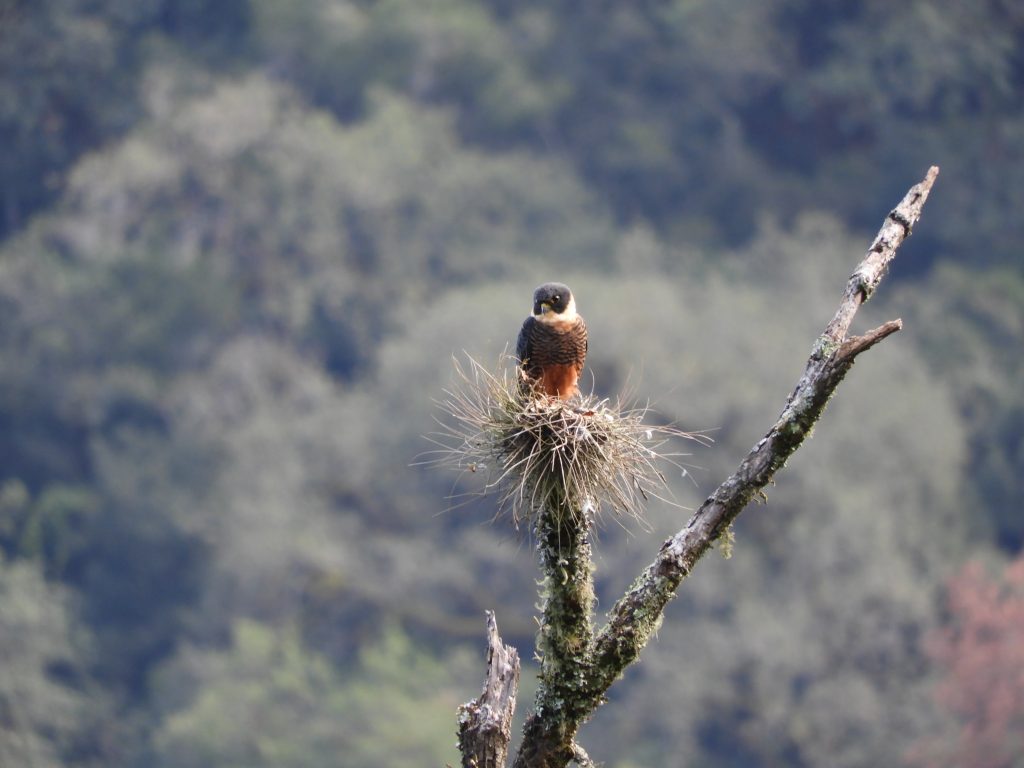
Everyone stopped dead when Barry abruptly called, “Bat Falcon!” A bird of coffee table books surely! But there, as plain as day, atop an old snag sat this very attractive bird of prey. It is described in the authoritative Guide to the Birds of Mexico and Northern Central America as a ‘small compact tropical falcon – of – open areas with scattered patches of trees, towns mostly in humid areas… main prey – birds, bats and insects.” Breathtaking to me and the sort of bird which by its name alone seems improbable. But here it is.
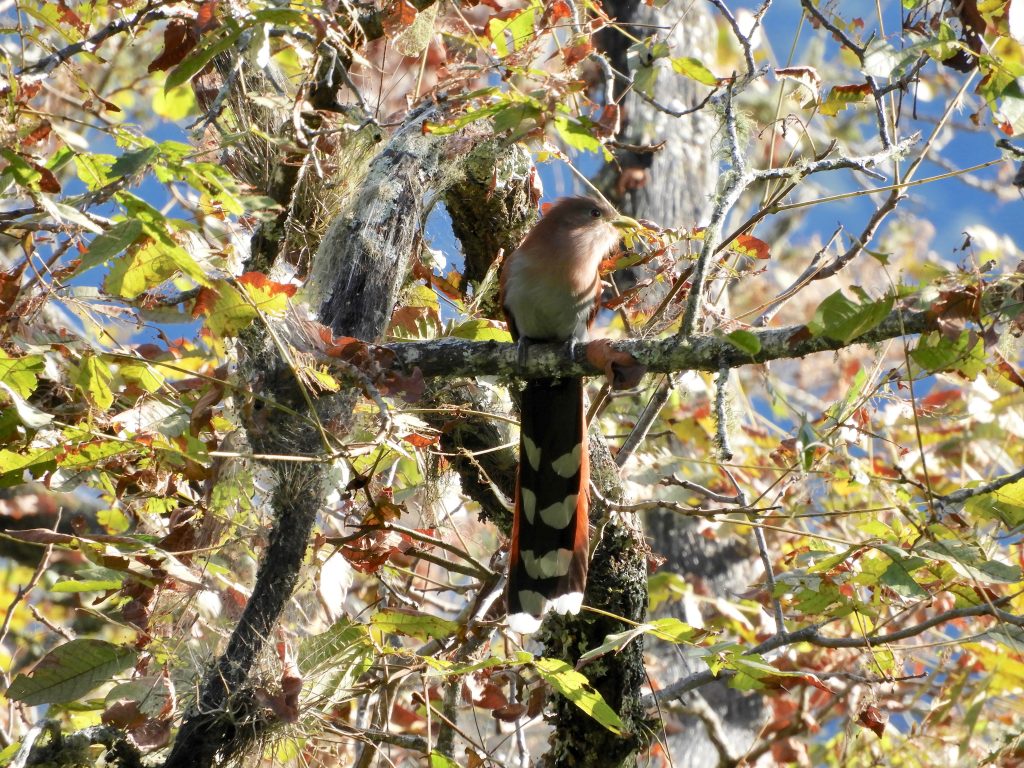
Others lingered to examine the falcon but I needed more and moved to another tree, and soon spotted large slow movements in some lower branches. Out of my depth I needed expert help, and as I called to get others’ attention, the almost correct words came out, “I’m looking at a large brown, I don’t know, I’ve got a – a – cuckoo – of some kind”. And cuckoo it was, a Squirrel Cuckoo. It had the eyes, face and long tail of cuckoos as I know them in Ontario. I suppose it’s its squirrel-like behaviour as it pokes its way around close to the main trunk and branches of trees that earned it its name. It also has a rather furry looking cinnamon brown plumage. I wish I could have got a better photo but here it is.
Two birds of the day, both with mammal-bird names, bat and squirrel, falcon and cuckoo. Hard to beat.
